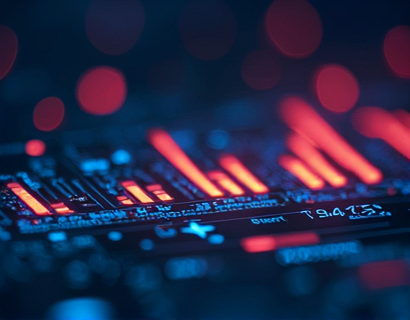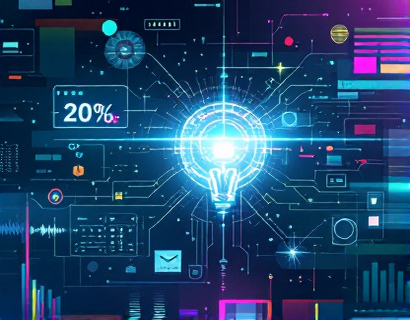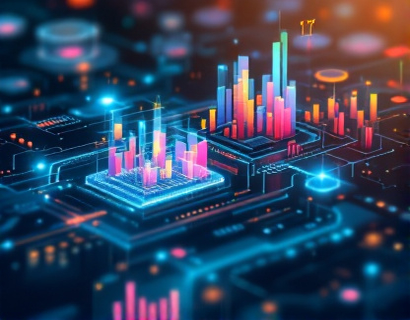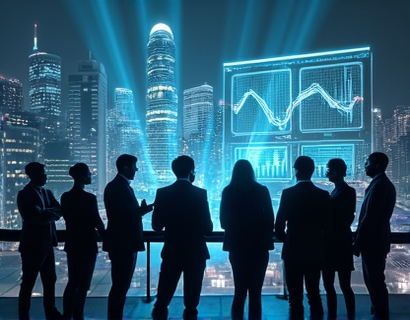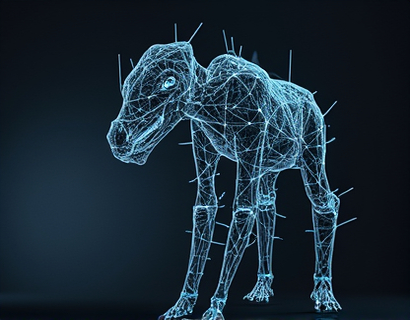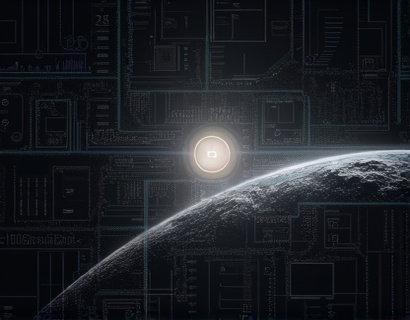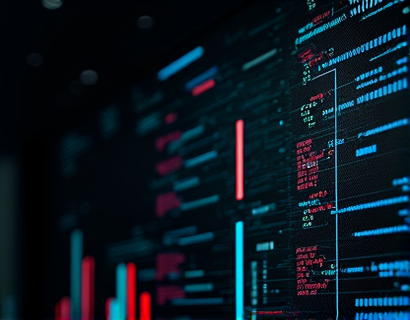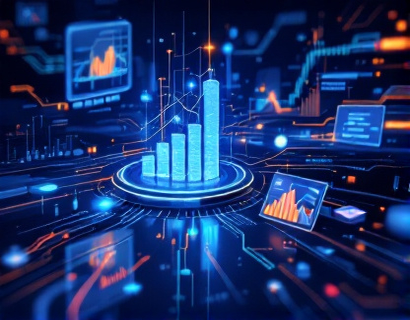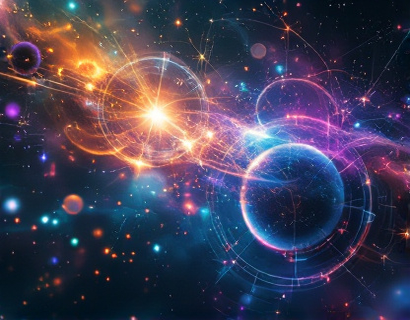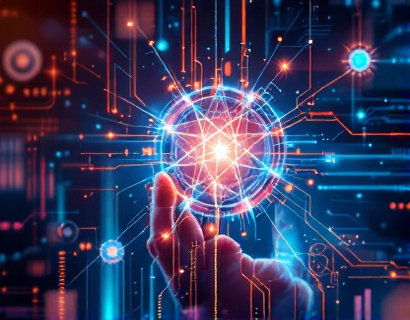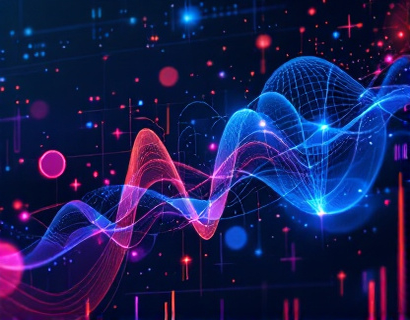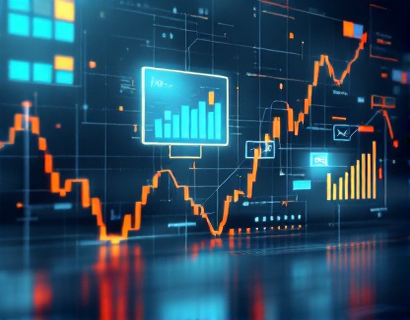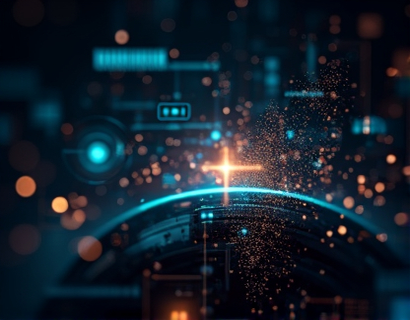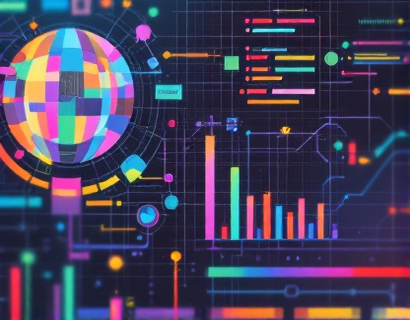Empowering Next-Gen Digital Transformation: The Synergy of AI and Crypto
The intersection of artificial intelligence and cryptocurrency is giving birth to a new era of digital transformation, one that promises to revolutionize how we interact with technology and each other. This convergence is not just a technological curiosity but a powerful force reshaping industries and redefining user experiences. At the heart of this transformation are blockchain and machine learning, two pillars of the digital revolution that, when combined, unlock unprecedented potential.
Blockchain: The Foundation of Trust
Blockchain technology, known for its role in cryptocurrencies, offers a decentralized and immutable ledger that ensures transparency and security. This technology is more than just a backbone for digital currencies; it's a foundational element for building trust in digital transactions. By eliminating the need for intermediaries, blockchain reduces costs and increases efficiency, making it an ideal platform for various applications beyond finance.
The decentralized nature of blockchain means that data is distributed across a network of computers, making it highly resilient to tampering and cyber attacks. This inherent security is crucial for applications that handle sensitive information, from healthcare records to supply chain management. The transparency provided by blockchain ensures that all transactions are visible and verifiable, fostering trust among users and participants.
Machine Learning: The Brain of Innovation
Machine learning, a subset of artificial intelligence, enables systems to learn from data and improve over time without being explicitly programmed. This capability allows for the creation of intelligent applications that can adapt to new inputs and perform tasks that traditionally required human intervention. In the context of blockchain, machine learning can enhance various aspects, from fraud detection to predictive analytics, making systems more robust and efficient.
One of the most significant advantages of machine learning is its ability to process and analyze vast amounts of data quickly and accurately. This is particularly useful in blockchain environments where data is abundant and diverse. By leveraging machine learning algorithms, blockchain systems can identify patterns, predict trends, and automate complex processes, leading to more intelligent and responsive applications.
The Convergence of Blockchain and Machine Learning
The true power of this convergence lies in the synergy between blockchain's security and transparency and machine learning's intelligence and adaptability. When combined, these technologies can create seamless, innovative, and user-enhancing applications that redefine the app and service landscape. This synergy is not just theoretical; it's already being implemented in various sectors, from finance and healthcare to supply chain and beyond.
For instance, in the financial sector, blockchain and machine learning can work together to create more secure and efficient trading platforms. Machine learning algorithms can analyze market data in real-time, identifying trends and making predictions that can inform trading decisions. Meanwhile, blockchain ensures that all transactions are secure, transparent, and tamper-proof, reducing the risk of fraud and increasing trust among participants.
In healthcare, this combination can lead to more personalized and efficient patient care. Blockchain can securely store and manage patient data, ensuring privacy and compliance with regulations. Machine learning can analyze this data to identify patterns and predict health outcomes, enabling early intervention and more effective treatment plans. The result is a healthcare system that is not only more secure but also more responsive to individual needs.
Enhancing User Experience
The convergence of blockchain and machine learning is not just about backend efficiency; it's also about enhancing the user experience. By leveraging these technologies, developers can create applications that are more intuitive, responsive, and secure. For example, in the realm of digital identity management, blockchain can provide a decentralized and secure way to store and verify identity information. Machine learning can then be used to create personalized authentication processes, reducing the friction often associated with logging in and ensuring that only authorized users access sensitive data.
Another area where this synergy shines is in smart contracts. Blockchain-based smart contracts can automatically execute agreements when predefined conditions are met. Machine learning can enhance this process by analyzing data to predict outcomes and optimize contract terms. This combination can lead to more efficient and trustworthy business processes, reducing the need for intermediaries and lowering transaction costs.
Challenges and Considerations
While the potential of blockchain and machine learning is vast, there are challenges that need to be addressed to fully realize this potential. One of the primary concerns is scalability. Blockchain networks, especially those that prioritize security and decentralization, can struggle with high transaction volumes. Machine learning models, on the other hand, require significant computational resources, which can be a bottleneck in resource-constrained environments.
Another challenge is the regulatory landscape. As these technologies evolve, governments and regulatory bodies are still catching up, leading to a patchwork of regulations that can hinder innovation. Developers and organizations must navigate this complex environment carefully, ensuring compliance while pushing the boundaries of what's possible.
Interoperability is another critical issue. For blockchain and machine learning to reach their full potential, different systems and platforms need to work together seamlessly. This requires standardization and collaboration among various stakeholders, including tech companies, regulators, and industry groups.
Future Prospects
Despite these challenges, the future of blockchain and machine learning is bright. As technology continues to advance, we can expect to see more innovative applications that leverage the strengths of both fields. The development of more efficient consensus mechanisms, such as proof-of-stake, can help address scalability issues in blockchain. Advances in machine learning, particularly in areas like edge computing and quantum-resistant algorithms, will further enhance the capabilities of these systems.
The integration of blockchain and machine learning is also likely to drive the adoption of decentralized applications (dApps) across various industries. These dApps can offer users greater control over their data and more transparent, trustless interactions. As more developers and organizations recognize the benefits of this combination, we can expect to see a surge in innovative solutions that transform the way we live and work.
In conclusion, the convergence of blockchain and machine learning represents a powerful force in the digital transformation landscape. By combining the security and transparency of blockchain with the intelligence and adaptability of machine learning, we can create applications that are not only more efficient but also more user-friendly and secure. This synergy is set to redefine the app and service landscape, offering endless possibilities for innovation and growth.





